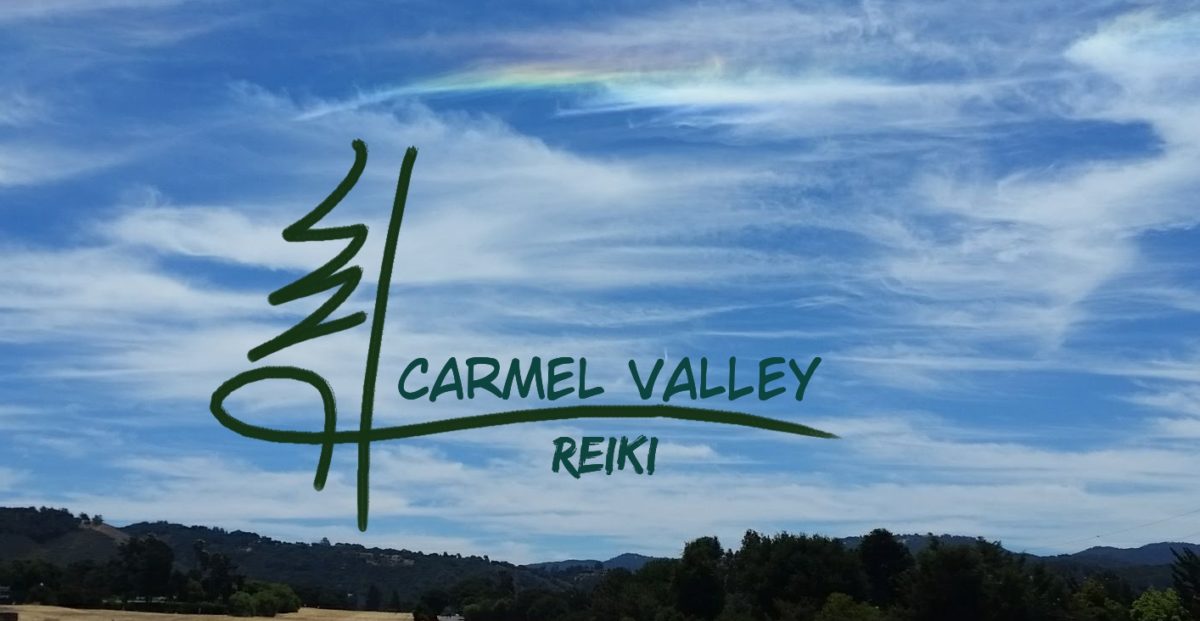What is Reiki?
According to Johns Hopkins Medicine:
Reiki is a very specific form of energy healing, in which hands are placed just off the body or lightly touching the body, as in “laying on of hands.” Reiki can also be done “long-distance,” as a form of prayer. According to many versions of its origin, Dr Mikao Usui, a Japanese seeker of spiritual truths, brought the Reiki method of healing into human awareness in 1922 after a deep spiritual experience. He is said to have begun teaching others after a serious earthquake hit Japan and he felt urged to spread his knowledge.
In a Reiki session, the practitioner is seeking to transmit Universal Life Energy to the client. The intention is to create deep relaxation, to help speed healing, reduce pain, and decrease other symptoms you may be experiencing.
There are many websites with information about how Reiki can help you. I’d recommend taking a look at this page if you are curious.
What happens during a Reiki session?
Traditionally, you will be fully clothed, sans shoes, glasses and jewelry, laying on your back upon a massage table. Accommodations can be made for those who are unable to lay on their back. Sessions can be done in a chair or laying on stomach and side. If you are chilly, you can lay under a blanket. We work from head to feet and back to head. The session can involve gentle touch or moving the energy from a few inches above the body. I generally begin a session holding your head in my hands in a traditional cranio-sacral position, and will apply gentle touch to head, neck, shoulder, arm, knees and feet. I normally do non-touch work in the chest, abdomen, pelvis and thighs. If you’ve experienced a recent trauma I may end the session with you sitting upright or laying face down on the table for a few minutes.
Most people find Reiki to be very relaxing. Many fall asleep. Some people will see repeating images or thoughts, and may want to discuss these in relation to their healing, many people feel like the practitioner’s hands are extremely warm. It is not common, but some people report feeling momentary small pains, even if the practitioner is not touching them. This generally happens when someone has asked the practitioner to direct energy to a physical ailment.
Sessions can even be done from a very great distance. I regularly treat clients who are on the East Coast. I try and schedule these sessions around their normal bedtime. It’s a fantastic option for people who are dealing with stress or insomnia.
What Tools Do You Use?
Reiki practitioners main tools are their hands and training. I also regularly use a pendulum during sessions to seek areas needing specific energy work. I may also work with crystals and essential oils. If you are not comfortable with the use of these tools it isn’t a problem, just let me know and we will stick to more traditional methods of Reiki.
Does Distance Reiki Work?
If you read the About Me section, you already know that I came to Reiki from a place of disbelief. Even after I began my Reiki journey I truly did not believe that distance Reiki would work. It does. Second Degree Reiki practitioners learn a number of symbols to aid their Reiki Practice. Among these is a distance symbol which allows the practitioner to send Reiki energy across time and space.
It’s hard to wrap your mind about the fact that distance reiki does work, and that a symbol can be so powerful. This is why I generally offer a short complimentary introductory distance Reiki session. For some, the distance sessions work better. They feel safer in their own space and environment, or are unable to leave the space they are in, and the entire experience feels more focused and effective.
How do I prepare for a session?
Really there isn’t much you need to do to prepare for a session. Try to eat healthy and drink enough water the day before and day of, you should abstain from drugs and alcohol before your session. (prescription drugs are fine). You should wear comfortable clothing.
Can Reiki do harm?
No. Reiki is always beneficial and works to improve the effectiveness of other types of therapy. For many a treatment feels like a wonderful glowing radiance and is incredibly relaxing. If you are being treated for a medical condition and want to try Reiki, talk to your healthcare professional. Reiki can improve the results of medical treatment, reduce stress, negative side effects and pain and can shorten healing time, and create an overall sense of well-being. For many this sense of lightness and well-being can last for days.
All that being said, we’ve all heard the saying “no pain, no gain” right? I’ve noticed that people on long term prescription drugs (pain meds, and combinations or prescription drugs specifically) who receive a reiki treatment can experience a “Reiki Cleanse” which can include flu-like symptoms and frequent trips to the bathroom, to put it politely. This is because in working for your best interest Reiki is flushing out the toxic buildup of chemicals in your body. There are ways a practitioner can help abate these symptoms as long as they know in advance about the medications, another reason you should be comfortable in talking to your practitioner.
Reiki energy always works for your highest and greatest good. Just remember, that may not appear how you originally envision it.
